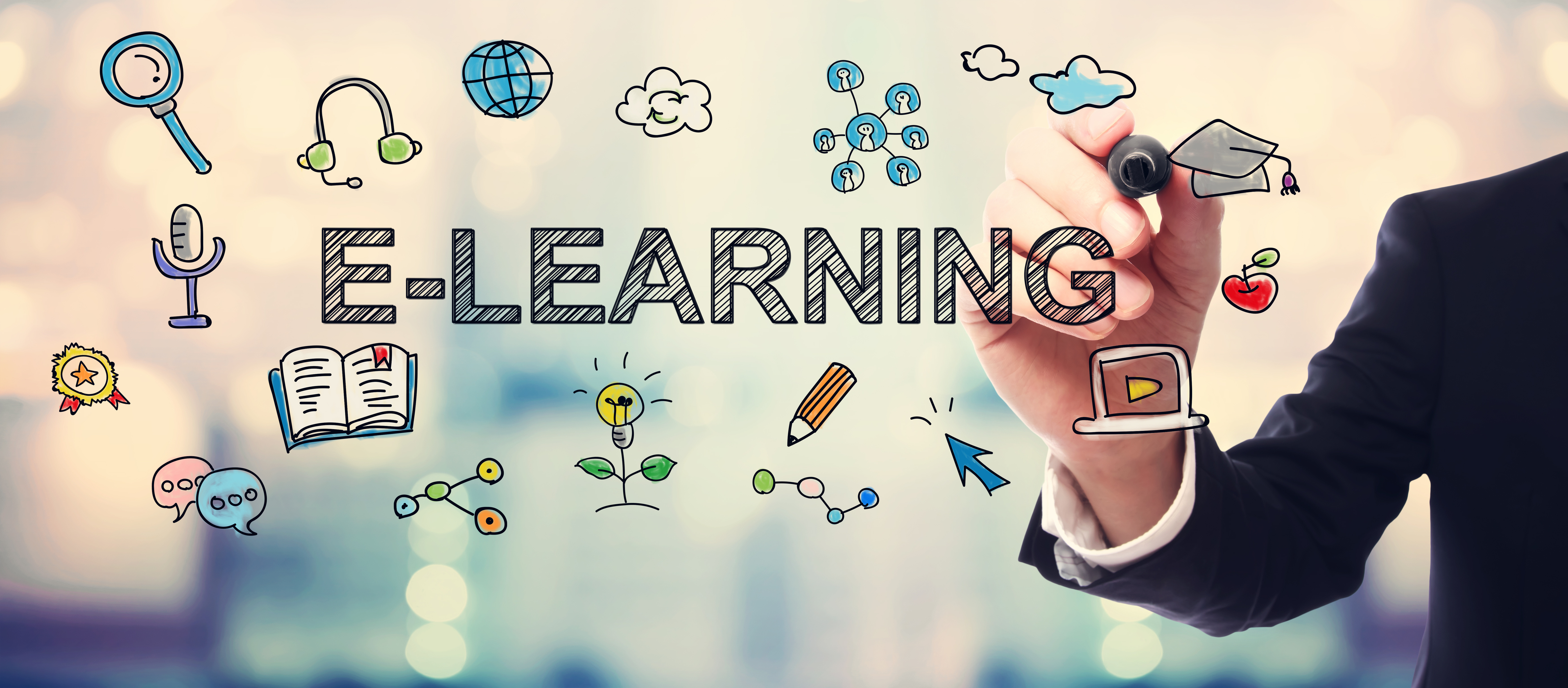By Julie M. Jones
Instructional Designer
When it comes to creating the ideal eLearning, one style certainly does not fit all. It may surprise you, but the latest—and most expensive—options are not always the best vehicle for your message. An eLearning is a tool for conveying your content, and, as with any tool, it’s essential to find the right one for the job at hand.
The process of building an eLearning begins with your vision for the product and your initial communications with the creative team. It’s important that early on you’re able to clearly convey the scope of your project and the features you’ll need included. The sheer number of options available for any eLearning can make this a dizzying prospect. But by classifying eLearning into levels—each of which includes specific design options—you can more easily align with your team on product expectations and set a standard reference point for the scope, requirements, and pricing.
Levels of eLearning
Some eLearning developers in the industry categorize eLearning into 4 levels and others 3. Regardless of how many levels you choose, they are categorized based on development time, range of design options, depth of multimedia learning experiences, and, most importantly, level of learner interactivity or how much content requires learner participation—such as a button click, quiz question, or gaming element. You and your creative team will want to agree on your own levels and parameters to help streamline your eLearning development. As a starting point, I suggest the 4 levels I describe below.
Note that as you move through each level, the degree of interactivity increases, as does the sophistication of the features, such as graphics and navigation. Each level includes the features of those before it and then adds more. For example, Level 4 includes all the elements of Levels 1, 2, and 3 as well as a greater level of interaction and design sophistication. As indicated by the dollar signs, the costs also increase as the design becomes more interactive.
Level 1 (Basic/Passive) – $
What it is: This level typically uses static text and images with very little interactivity. It may include narration, simple animation, and/or basic knowledge check questions. The learner typically cannot choose the screen order as they work their way through.
When it is used: Some don’t consider this true eLearning because of the lack of interaction, but this level can be effective for communicating simple concepts and is relatively inexpensive to develop.
Level 2 (Intermediate/Limited Interactivity) – $$
What it is: The learner is provided with more interactive opportunities and has greater control over how they explore the material. They are asked to do more than watch and “turn pages.” This level may include greater use of multimedia content, such as audio, animated graphics, clickable menus, and simple drag-and-drop exercises.
When it is used: Since this level is still relatively basic, it is used to convey simple concepts or reinforce existing knowledge.
Level 3 (Complex/Highly Interactive) – $$$
What it is: This is an interactive experience rather than just an electronic presentation and may include more sophisticated animations and video components, selectable learning paths, and/or complex simulations.
When it is used: This level is ideal for introducing or reinforcing more complex topics.
Level 4 (Award Winning/Simulation/Gamification) – $$$$
What it is: This level requires the most interaction from the learner and raises the creative bar to award-winning graphics, animations, gamification, and 3D simulations. It’s also the most expensive to create.
When it is used: The most complicated scenarios, such as medical training, may benefit from a Level 4 eLearning.
Deciding on the right fit
It can be challenging to determine the correct level of interaction for your eLearning. Not enough interaction and you may lose the learner’s attention. Too much interaction and the learner could get frustrated. Either way, you miss your learning objective when the content falls flat. I recommend following the steps below as you prepare your design and then communicate with your creative team.
- Determine who comprises your target audience and evaluate their needs and learning styles.
- Establish your learning objectives and scope.
- Consider the levels of learning and decide how much interaction you feel is needed to keep your learner’s attention and best convey your content.
- Keep cost in mind, and remember that more expensive does not always mean better: the best eLearning is the one that meets your learning objective.
- Communicate with your development team using the agreed-upon eLearning categories.
- Trust your creative team to help you choose the right level of interaction based on your aims.
That last step may be the most important. Building a good working relationship with your creative team can help you avoid the imbalance in interactivity—too much or too little—found in so many eLearnings today. And it’s the right balance that ensures your target audience succeeds by reaching the defined learning goals.
Resources
- Gutierrez K. Levels of interactivity in eLearning: Which one do you need? Shift. https://www.shiftelearning.com/blog/bid/190140/Levels-of-Interactivity-in-eLearning-Which-one-do-you-need. Published July 16, 2012. Accessed February 14, 2020.
- Muqeet B. 4 levels of interactivity in eLearning and its advantages. eLearning Industry. https://elearningindustry.com/levels-of-interactivity-in-elearning-advantages-4. Published January 10, 2018. Accessed February 14, 2020.
- Legault N. Get to know the 3 levels of e-learning. E-Learning Heroes. https://community.articulate.com/articles/get-to-know-the-3-levels-of-e-learning. Accessed February 14, 2020.
Julie M. Jones is a creative learning and multimedia developer with a master’s degree in instructional design. She has a diverse range of experience in various business verticals such as pharmaceuticals, healthcare, life sciences, software development, and finance. For Encompass, Julie is part of the instructional design team.


